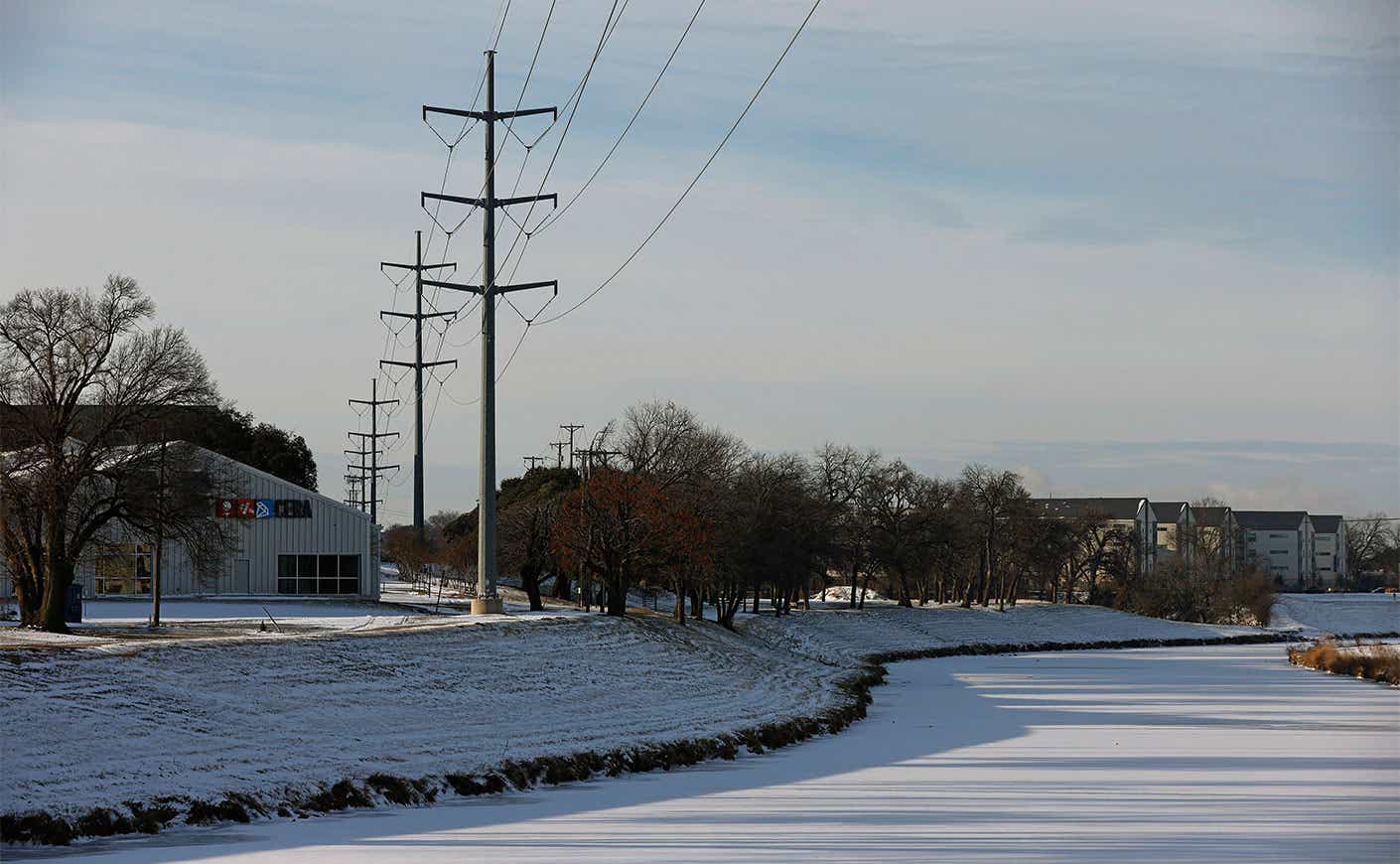It has been almost two months since a deadly freeze swept Texas, plunging much of the state in single-digit temperatures and leaving almost 4.8 million customers without power. At least 111 Texans died following the storm — more than half those deaths were due to hypothermia.
Texas is hardly alone when it comes to facing weather-related power outages. In August 2020, California suffered its first rolling blackouts in nearly 20 years during a brutal heatwave that affected parts of the state. Like Texas, it had similarly failed to maintain reliable power from natural gas and nuclear plants.
Energy consumption expert Peter Kelly-Detwiler said the first step in avoiding further power supply issues is upgrading the country’s overall electric power transmission infrastructure, and improving the ability to transport power more quickly across multiple states, especially in times of crisis. This includes creating more transmission locations, which he says would allow states to move power more quickly to areas that are grappling with outages or power shortages.
Despite past California's power supply challenges, Kelly-Detwiler pointed to the state as a prime example.
“California is a great example of where there is so much saturation at certain parts of the day already. So what do they do? They created an energy imbalance market, so they could move more electricity to Arizona, Nevada, places like that,” Kelly-Detwiler told KCM.
The second priority, according to Kelly-Detwiler, would be creating more reserve emergency electricity supplies that could be utilized during emergencies. He said if Texas had more long-duration energy storage, it wouldn’t have been able to mitigate the storm’s impact.
At the same time, Texas isn’t like most states — its power grid is separate from the rest of the country and can’t lean on other states during times of crisis. Its main grid, the Electric Reliability Council of Texas (ERCOT), powers about 90% of the state. It is also the third-largest natural gas producer in the world, behind only Russia and the United States. And what happens in Texas has a far-reaching effect. The February outages triggered a global plastics shortage after many chemical plants were shut down due to the storm’s impact.
February’s freeze was hardly the first time the state faced a power crisis. Nearly a decade ago, federal regulators warned ERCOT that its power grid was vulnerable following a 2011 blackout caused by similar extreme cold conditions, although it was not required to act on their recommended guidelines.
But there are some legislative actions being taken this time around. The Texas Legislature has written bills aimed at preventing future power failures in extreme temperatures. Specifically, a series of standalone bills the House approved this month included legislation that mandates power plants to winterize equipment.
Michael Webber, an energy resources professor at the University of Texas at Austin, called these actions “a big step in the right direction,” though he added that it remains to be seen if these bills will go far enough just yet.
“There's a variety of bills, so it might mean no one bill gets us all the way there, but maybe some of the bills will be consolidated,” Webber told KCM. “It's not a deal killer yet, I would say, but it feels like there's more they could do.”
In the storm’s immediate aftermath, the White House said the widespread power outages in Texas were proof that the U.S. must upgrade its infrastructure to stand up to climate change, and as part of its $2 trillion dollar plan, $100 billion will be used to modernize the electric grid to make it more reliable and less susceptible to blackouts.
“As you saw in Texas and elsewhere, our electric and power — power grids are vulnerable to storms, catastrophic failures, and security lapses, with tragic results,” Biden said during the unveiling of his plan in Pittsburgh on Wednesday.
To put this into perspective, Webber estimated that it would cost roughly $20 billion to winterize the gas network and power sector in Texas alone. Texas is about 8% of the U.S. population and 10% of the GDP of the nation.
Webber praised Biden’s expansive infrastructure plan as a “political winner” for targeting the nation’s crumbling infrastructure, while also targeting climate change and racial inequalities.
If signed into law, the plan would rank as one of the largest federal efforts to curb U.S. greenhouse gas emissions. It also includes several proposals designed to curb longstanding racial inequities exacerbated by transportation projects as well zoning policies across the country. The president plans to pay for the plan by raising the corporate tax rate to 28%.
But Biden faces an uphill battle getting his comprehensive package through Congress. While most Republicans believe that the package is too expensive, some Democrats say that it doesn't go far enough. Still, the White House remains hopeful that Congress will pass the infrastructure and climate proposal by this summer.
“We’ve got a little bit more time here to work and have discussions with members of both parties,” White House press secretary Jen Psaki said during a press briefing. “We want to see progress by Memorial Day, we’d like to see this package passed by the summer."
Written and reported by Tess Bonn.









